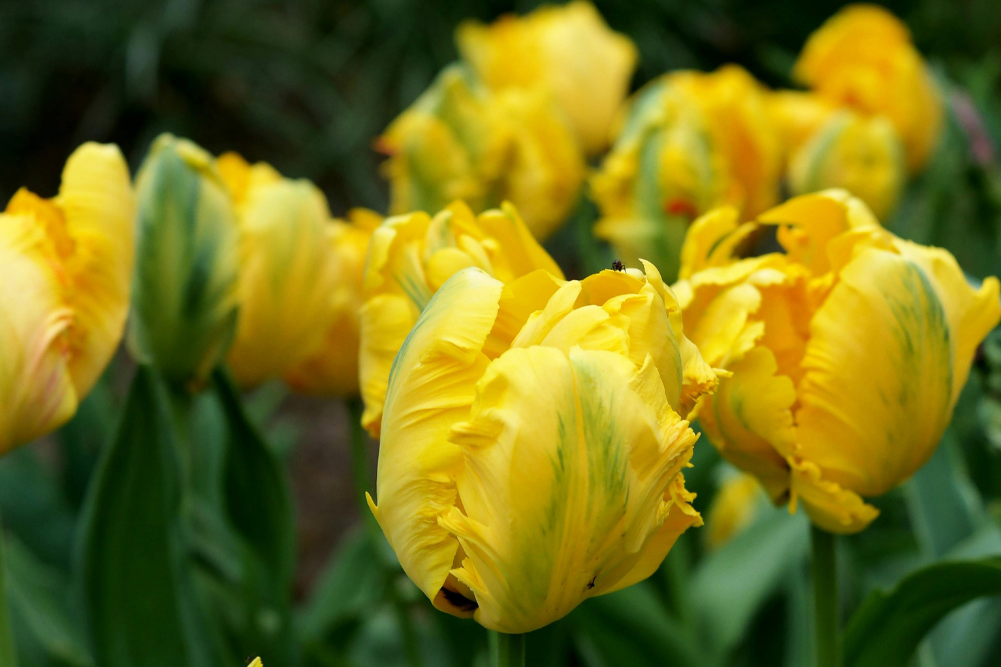Pet-friendly Herb Gardens
Cultivate a pet-friendly garden with healing aloe, calendula, lavender, and dandelion. Consult your vet for safety.
Although I’m no gardener, with three senior pets, I’d like to grow things I can use for their benefit. I’ll begin slowly, mainly in pots, and pick a few of my faves to see if I can grow them.
Aloe
Aloe vera (A vera, A. barbadensis) is a hardy perennial succulent known for its healing properties. It requires minimal watering and can be grown from divisions of the parent plant. The clear inner gel contains acemannan, known for its healing and immuneboosting properties. To use aloe vera, cut a lower leaf and scrape the clear inner gel. Apply it directly to wounds, stings, bites or inflamed gums. Be cautious with the yellow-green latex near the leaf’s edge as it has a strong laxative effect. Elevate the pot if your pets are prone to munching in your garden.
Calendula
Calendula (Calendula officinalis), commonly known as marigold, is an annual that thrives in a well-drained, sunny position. Calendula is a vulnerary (healing herb) and has anti-inflammatory, antiviral, antibacterial and antifungal properties.
The flower head is harvested at full bloom and dried on a fly-screen rack. Make an infusion by pouring one cup of just-boiled water over one teaspoon of crumbled dried flowers, steep for 20 minutes, then strain through a coffee filter. Use topically on hotspots, contact allergies or as a gentle eye or ear wash.
Make your own calendula cream by juicing the whole fresh plant and straining through a filter. Mix 10ml of the juice with 50g of vitamin E cream. This should last two to three months stored in the fridge. Use on wounds, itchy skin, skin-fold irritations or hotspots. Some pets may have allergies to the daisy family, so patch test first.
Lavender
Lavender (Lavandula angustifolia/officinalis) likes full sun and well-drained soil. It has spasmolytic, carminative effects. Dried lavender can be used in the house for its calming aroma.
One study conducted in dog shelters showed dogs given either lavender, dog-appeasing pheromones (DAP) or calming music were less stressed than control dogs. Therefore, try a combination of lavender, DAP diffuser (or Feliway for cats) and a calming CD (eg “Through a Dog’s Ear”) for dogs with separation anxiety or car anxiety. Crushed lavender flowers can be juiced and made into a cream with the calendula.
Dandelion
Dandelion (Taxacarum officinale): I’ll probably have to keep this one well away from my neighbour’s gardens. Both the root and leaves can be used. The root has laxative, detox and cholagogue (bile acid stimulating)
effects, but I probably wouldn’t use dandelion root in pets unless under veterinary supervision, due to the risk of bile duct obstruction. Dandelion leaves are used as a gentle potassium-sparing diuretic. The dried leaves can be made into an infusion. Dose 1/8th cup of the infusion per 5kg weight twice daily but begin slowly. Avoid using on cats with kidney disease or dogs already on diuretics. Consider using it under veterinary supervision for pets with bladder stones.
Other plants I might consider growing include rosemary, peppermint, parsley, basil and, of course, for my cats, catnip or cat grass.
Caution
While all these plants are generally safe for pets, individual reactions can vary. Perform patch tests of topical preparations. Always inform your vet of any complementary treatments you are using, particularly if your pet is on any medications or has any known illness. Consult your vet if the condition you are treating persists for more than a couple of days or worsens.








